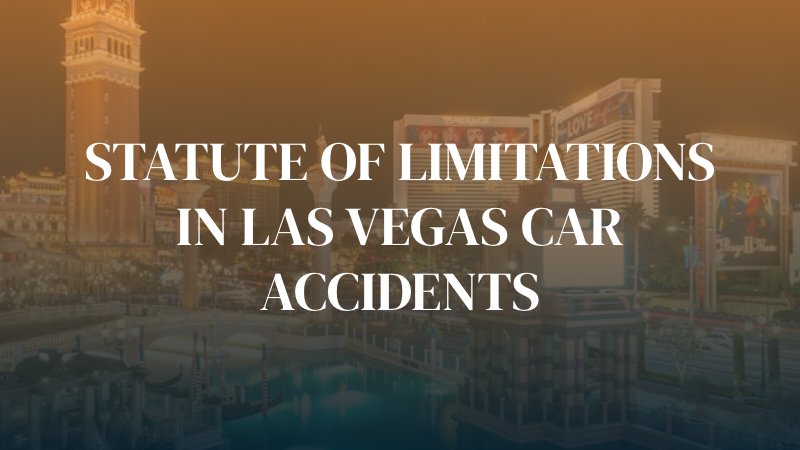
If you’ve been in a car minimum accident, one of the Las Vegas laws you cannot afford to ignore involves the deadline for filing a car accident, known as the statute of limitations. Missing this critical time frame can bar you from recovering any damages at all, so it’s essential to familiarize yourself with these time constraints to ensure your rights are protected after an accident. Contact a Las Vegas car accident attorney for guidance.
Understanding the Nevada Personal Injury Statute of Limitations
In Nevada, the statute of limitations for filing a personal injury lawsuit is two years from the date the injury occurs. This rule applies to car accidents, where the clock starts ticking on the day of the accident.
Nevada Revised Statutes Title 2. Civil Practice § 11.190. Periods of limitation
Within 2 years:
(e) Except as otherwise provided in NRS 11.215, an action to recover damages for injuries to a person or for the death of a person caused by the wrongful act or neglect of another.
Failing to file within this period generally means the courts will dismiss your case, and you won’t be able to recover damages.
Importance of the Two-Year Window
The two-year timeframe is designed to ensure that evidence remains fresh, and witnesses’ memories are reliable. It also provides a reasonable period for the injured party to assess their damages and decide whether to pursue legal action. However, navigating this timeframe requires prompt and informed decision-making.
Exceptions to the Statute of Limitations
While the two-year rule is strict, there are notable exceptions that can extend the filing deadline. Understanding these exceptions is key to determining whether you still have time to file your claim.
Claims Involving Injured Minors
For minors injured in car accidents, the statute of limitations is different. The two-year period does not begin until the child turns 18. This exception recognizes that minors may need additional time to pursue a legal claim, given their age and dependency on guardians.
The Discovery Rule
Sometimes, injuries from a car accident aren’t immediately apparent. In such cases, the discovery rule applies. The two-year limitation period begins when the injury is discovered or when it should have been reasonably discovered. This rule ensures that victims who suffer latent injuries still have a fair chance to file a claim.
Fraudulent Concealment
If a defendant intentionally conceals evidence or information that would alert the victim to their claim, the statute of limitations may be tolled. Tolling pauses the clock, preventing the limitations period from running during the time of concealment. This provision prevents wrongdoers from escaping liability through deceit.
Out-of-State Defendants
When the defendant is outside Nevada, the statute of limitations does not run during their absence. This exception ensures that plaintiffs are not disadvantaged by the defendant’s unavailability, allowing them to file a claim once the defendant returns to the state.
It’s critical to not let the clock run out on your ability to seek justice and compensation following a car accident in Las Vegas. If you need help filing your claim, don’t hesitate to contact us today to schedule a free consultation with a Las Vegas personal injury lawyer from Valiente Mott Injury Attorneys.

